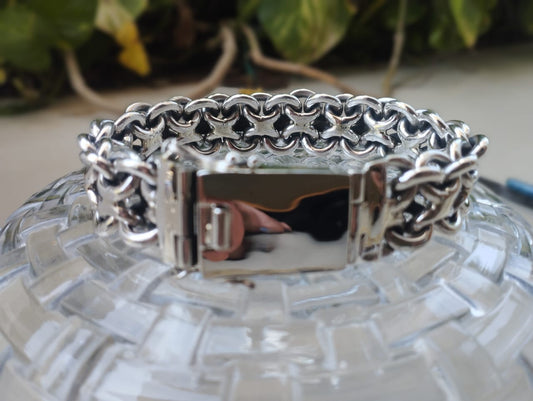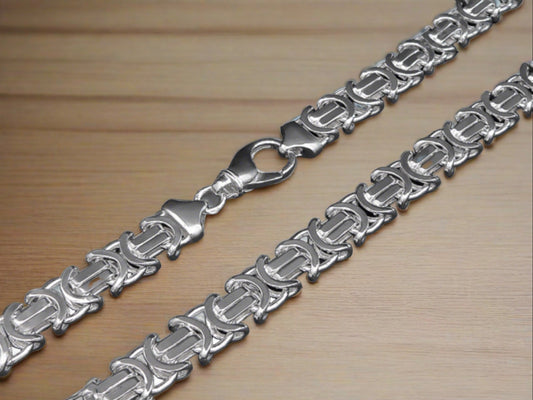Unveiling Authenticity: The Ultimate Guide on How to Identify an Original Silver Bracelet
In the realm of jewelry, silver bracelets hold a special allure. Their timeless elegance and versatility make them a cherished accessory for any occasion. However, with the market flooded with imitations, distinguishing an original silver bracelet from a counterfeit can be challenging. Fear not! In this comprehensive guide, we'll delve into the intricacies of silver authentication, equipping you with the knowledge needed to make informed purchases.
Understanding Silver Composition
Before we dive into the identification process, let's first grasp the basics of silver composition. Genuine silver jewelry is typically marked with a hallmark indicating its purity. The most common hallmark for sterling silver is "925," denoting that the piece contains 92.5% pure silver and 7.5% alloy, usually copper. This alloy enhances the metal's durability and lends it the requisite strength for jewelry-making.

The Magnet Test
One quick and easy method to assess the authenticity of a silver bracelet is the magnet test. Unlike precious metals like gold and silver, which are non-magnetic, many counterfeit silver alloys contain magnetic metals like nickel. Simply hold a magnet near the bracelet; if it attracts, it's likely not genuine silver. However, keep in mind that this test is not foolproof, as some authentic silver bracelets may have small magnetic properties due to impurities.
Examining the Hallmark
As mentioned earlier, authentic silver jewelry is typically stamped with a hallmark indicating its purity. Look for the "925" mark or variations such as "Sterling" or "Sterling" to confirm its authenticity. Additionally, reputable manufacturers often include their brand or maker's mark alongside the purity hallmark, further validating the piece's origin.
### Conducting the Acid Test
For a more definitive assessment, consider performing the acid test. This involves applying a drop of nitric acid to a discreet area of the bracelet, preferably on the clasp or inner band. Genuine silver will exhibit a milky reaction when in contact with the acid, confirming its authenticity. However, exercise caution when handling acids and consider seeking professional assistance if unsure.
Assessing Tarnish and Patina
Authentic silver develops a natural patina over time, characterized by a soft, lustrous sheen. Counterfeit silver, on the other hand, may exhibit artificial tarnishing or discoloration designed to mimic age. Take note of the bracelet's overall appearance; genuine silver tends to tarnish uniformly, whereas fake silver may show inconsistencies or flaking upon closer inspection.
Conclusion
In a market inundated with replicas and knockoffs, identifying an original silver bracelet requires a keen eye and a discerning mindset. By familiarizing yourself with hallmark symbols, conducting simple authenticity tests, and scrutinizing the bracelet's physical characteristics, you can confidently distinguish between genuine silver and its imposters. Remember, investing in authentic silver jewelry not only guarantees quality and longevity but also preserves the timeless allure of this cherished accessory.
So, the next time you're in the market for a silver bracelet, arm yourself with the knowledge gained from this guide and embark on your shopping journey with confidence. Authenticity awaits!










